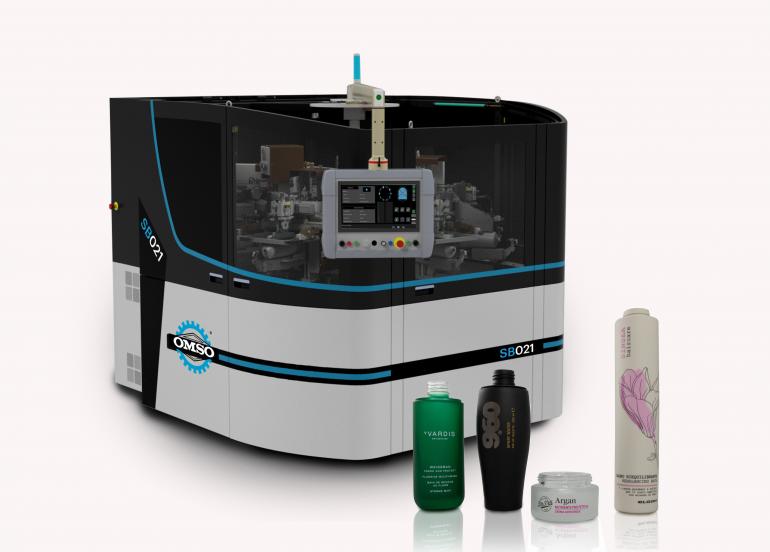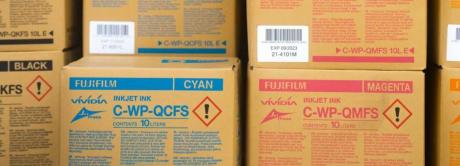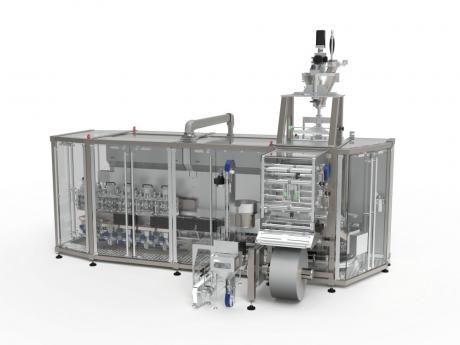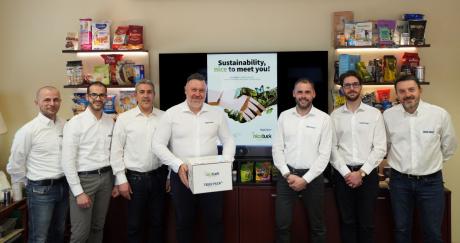Omso celebrates 70 years of business, an important milestone in a long, entrepreneurial history that flowed from an innovative idea in which many customers around the world believed and continue to believe. A dedicated site – accessible from this link – retraces the most important steps in the Company’s history, an opportunity to rediscover Omso’s fundamentals, of today and of tomorrow. Above all, the courage and the enthusiasm with which it has faced every market challenge.
Established in 1952 in Reggio Emilia, Italy, Omso manufactures machines for printing directly onto items and containers of various shapes and sizes, made in a wide range of materials. Characterised by a superior level of technology, Omso printing machines embody passion for mechanics which has always distinguished the Company, often delivering solutions today that lean towards the future and that have not been slow to prove themselves irreplaceable to many printers.
Strengthened by its experience, the skills acquired and developed over time, and by working on several fronts, Omso continues to expand the scope of the materials and types of container that can be customised through direct printing. The first, which immediately stands out as an imperative for the Reggio Emilia based company and which explains a large part of its success, focuses on improving the performance and usability of its machines.
Another important challenge involves the transition, currently under way, towards new, more sustainable packaging solutions which are more in line with an economy based on circular processes. Omso has been working in this area for some time, with intense research and experimentation concentrated on the latest print media composed of, on the one hand, innovative impure polymers and, on the other, recycled materials. Amongst the former are biopolymers, produced from biomass or from organic-based monomers - a large family of new - in some instances, very new biodegradable and compostable materials, which are being studied by many as a potential replacement to plastics of fossil origin and compared to which have similar, if not better, characteristics. On the other hand, the second group includes various cellulose-based materials, such as, for example, pressed cardboard.
For some years now, Omso has been following developments in eco-friendly packaging closely, testing and refining the colour rendering, the degree of graphic definition and print resistance, showing itself to be an attentive and reliable partner with which to initiate or complete the transition to green packaging. With this in mind, Omso is placing ever greater emphasis on materials such as aluminium and glass, in addition to the resources dedicated to reducing the power consumption of machines, which has already dropped significantly. Finally, the Company’s research efforts are also focused on ink producers, especially those who can supply pigments with even higher performance and even less pollution.










